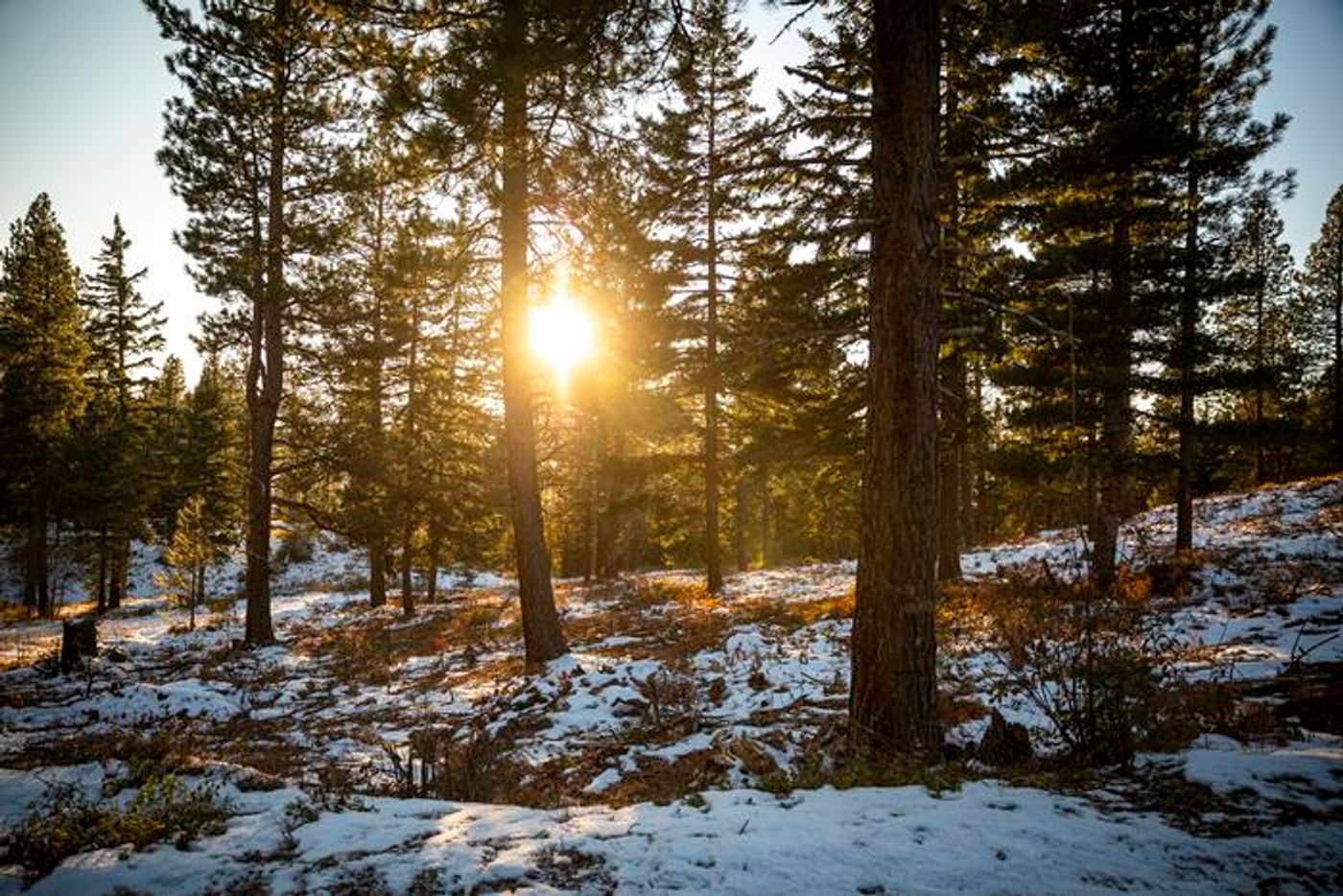Unlocking the Secret of Snow Predictions: University of Washington's Findings
A recent study published in Geophysical Research Letters examines a novel method in predicting peak season (snow accumulation throughout the winter-spring season) snowfall patterns throughout North America based on fall snowfall (end of December) levels. This study was led by the University of Washington (UW) and holds the potential to help researchers make better informed decisions pertaining to water resources, specifically regarding drinking water, irrigation, and hydropower.
Image of snowfall in the Washington Cascades, one of the many sites used in this study to examine how fall snowfall patterns could serve as a predictor for peak snowfall. (Credit: Mark Stone/University of Washington)
"The main thing water managers are asking for — aside from making it snow more, which is usually everyone's first request — is longer lead-time forecasts," said Dr. Jessica Lundquist, who is a professor of civil and environmental engineering at UW and lead author of the study. "These are hard predictions to make. We're fairly good at long-term average forecasts: what will happen 50 years from now. And we can do short-term forecasts: what will happen less than a week from now. But as for what's going to happen in the next three to four months, that's been kind of a no-go zone.”
For the study, the researchers gathered data on accumulated precipitation and air temperature from 873 sites across the western United States, including Alaska, between 2001 and 2022. This was followed by comparing accumulated fall snow to peak season snow. The findings indicate that fall snow serves as a good predictor for peak snow throughout the western U.S., and the while team found consistency in northern states, including Alaska, Washinton, Oregon, along with portions of Colorado, Wyoming, and Utah, western states such as California, Arizona, New Mexico, and Nevada exhibited more difficult means of prediction.
The researchers determined the reason for the more difficult predictions was due to most of the snowfall occurring after December and/or their weather patterns changing too much. Some causes for the better predictions in the northern states include cooler air temperatures, higher elevations, and portions of those states receiving above-average snowfall earlier in the season than in the western states.
Despite these findings, Dr. Lundquist notes that climate change could cause mixed results in terms of modeling future predictions.
"These snow sensors are in long-term stations, so it's easy to get the most recent data every year," said Dr. Lundquist. "And then it's just a simple analysis to predict which areas will likely have the largest snowpack. Though, as my family reminds me, it unfortunately does not let me predict powder days."
What new discoveries will researchers make about snowfall predictions and how will climate change affect such predictions in the coming years and decades? Only time will tell, and this is why we science!
As always, keep doing science & keep looking up!
Sources: Geophysical Research Letters, EurekAlert!, UW News









